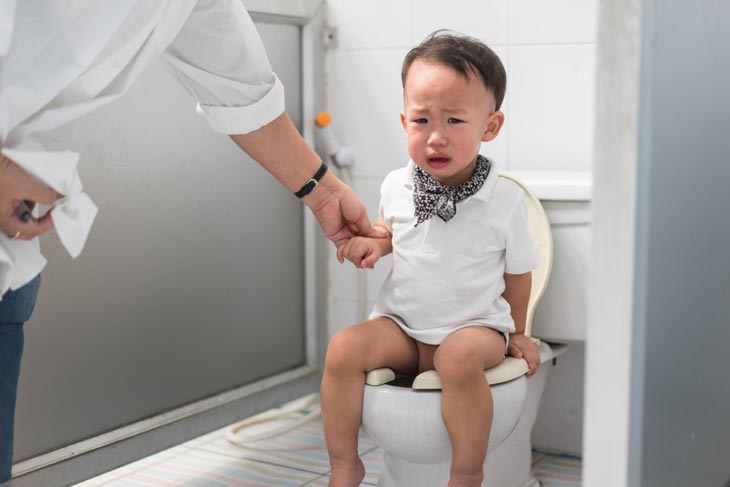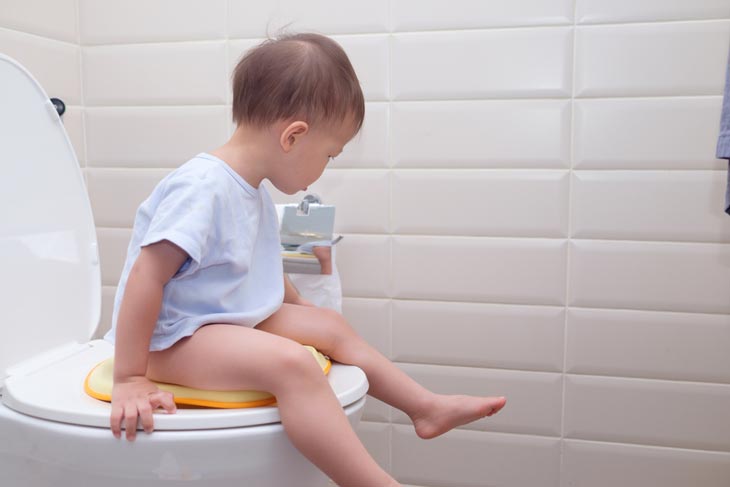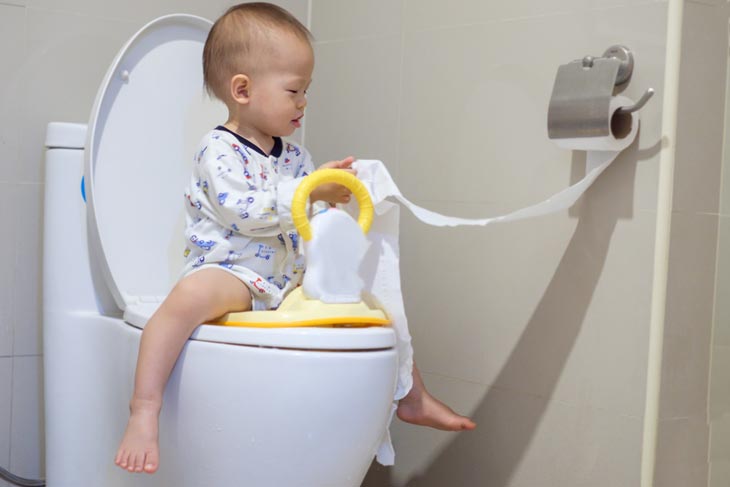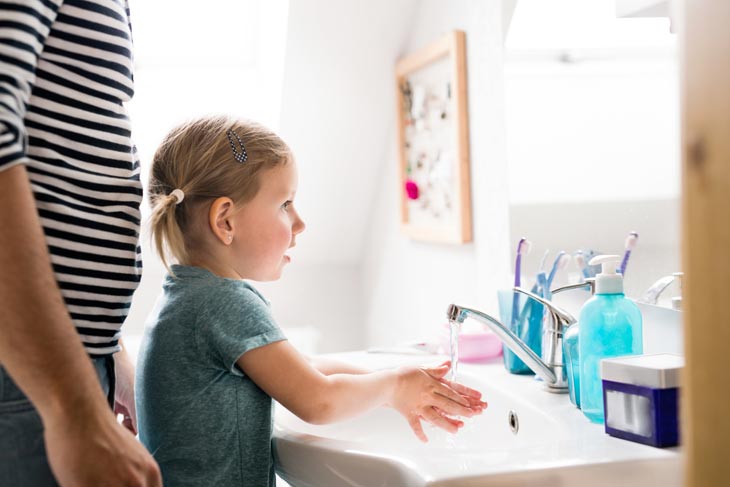There is a point when your kids must be in charge of their behavior for their own bottom, both literally and figuratively. Yet, in fact, your child refuses to wipe bottom at first.
So when to stop wiping your child? Most parenting styles suppose that the right time to let them be independent in this affair is when they begin to take a course at kindergarten.
Certainly, teachers would not do that. If any, they just do it a few times because it isn’t their task.
Don’t fret. Why and how to remedy that situation will come out in our post today. Let’s dig in now to get the detailed content.
Why Your Child Refuses To Wipe Bottom?

Just like when your daughter doesn’t wipe after peeing, the short and sweet answer is that they have to face an array of difficulties when cleaning their butts by themselves.
Not all children will overcome the challenge of using the potty straightforwardly, so some might take many months.
Those hassles consist of many intricate steps.
The process includes getting to their potty in time, timely pulling down undies or pants, sitting safely and addressing their knotty stuff, then cleaning themselves.
Kids (and all of us, of course) can not see their bottom by themselves, so they need to learn how to feel and clean the butt by hand.
After that, flushing, dressing, and especially using soap to get the proper hand hygiene is a key part, yet let’s focus on tissue paper today.
While many children can wipe their butt with ease, others still struggle to use their hands correctly to approach and clean it.
When Can Kids Wipe Themselves?
Kids can usually begin wiping their bottom themselves when they turn two or three years old with some parenting advice.
Yet, the younger a kid is when he starts potting practice, the longer and harder it can take them to do that independently.
However, there is no fixed answer for the age that a toddler can wipe his bottom himself. That all boils down to how you train your kid and how early he starts this practice.
Still, some kids (for 4 or 5 years) struggle to do it regardless of how often you give them the guide.
At the same time, others (even at an early age, around two years old) catch the vital concept of cleaning during the early phases of this training.
Of course, there are some cases when a 3-½-year-old kid says no to potty training.
Thus, the secret to your toddler knowing and mastering how to wipe is training and practicing more and more, no matter how old he is.
So lend your kids chances to repeat their regular training every time they “do their business” and give them help when needed.
How To Teach Child To Wipe Bottom?
1. Right Sitting Balance

Keeping sitting balance indicates they must know how to sit properly on a toilet seat or a potty, which helps them not to fall of.
For a kid to clean his butt, he will let his hands reach behind him and then check the toilet paper if it’s dirty or clean.
This move might make most kids struggle to stay balanced and lose their stability later on.
When your 5 year old refuses to wipe bottom, you can consider choosing some equipment to support your kid to feel more confident and balanced on a potty or a toilet seat:
- Step stools or toilet steps not only support your kid to keep a good balance but also assist him in getting onto a toilet seat properly and firmly when they put their feet on this stool or step. Using this solid surface gives them more assistance when they wipe themselves.
- Toilet/ potty insert: kid-sized inserts make the seat (toilet or potty) smaller so children aren’t afraid they can fall into or down. Or you can consider between potty inserts and potty chairs.
Note: Letting your kid onto a potty or toilet too long might be harmful to children, so be more patient in helping them and remind them when needed.
2. Fold (Toilet) Paper

How much do they pull fresh toilet paper each time? An entire toilet paper roll, perhaps? Then they screw it up into a boodle of tissue and wipe it as a mess.
Most kids learn the most effectively when they imitate an adult’s action, so you should give explicit instructions and show them how to fold paper slowly and properly at first.
Guide them on how much (toilet) paper is enough to use each time by placing a lovely sticker (on the wall) to show how much your kid needs to pull down.
Often about four or five squares is an appropriate amount to work with.
Once toilet paper is torn out of the roll, you need to teach your child how to fold it in half and hold the toilet paper properly with their hands.
Ensure that the paper can cover the kids’ hands when they clean their own bottoms. The less messy, the better! This step will keep their hands from getting dirty.
3. Wiping Motion
Once they get the way to fold and hold the paper with their hands correctly, they have to learn to have a wise wiping movement – which point to begin and move.
Initially, they might need a supporter to keep their hand and guide them on what they should do on their butt. When they get the right movement, let them take a shot themselves.
The step will show toddlers in the right wiping motion, which lessens skid marks as well as less mess or dirty clothes.
4. Check If They’re Truly Washed Or Not

Once your child has wiped his own bottom, let them check the (toilet) paper to see if it is clean already or not.
In case it’s still dirty, guide him to keep wiping. Even when he begins showing spotless paper the first few times, you still need to look at that again.
The last step is to teach kids to clean their hands properly after pooping and wiping.
In A Nutshell
Once you read these bottom words, we believe our post delivered useful information to you all today.
From now on, please don’t be angry when your child refuses to wipe bottom or when he is still clumsy when he starts practicing these works.
Let’s lend them more support and patience to guide them.
To get more practical content about how to take care of your kid or some major motor skills, don’t skip following our blog!
Lastly, thank you and see you again.
